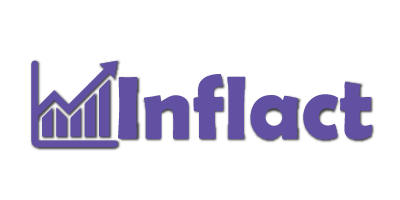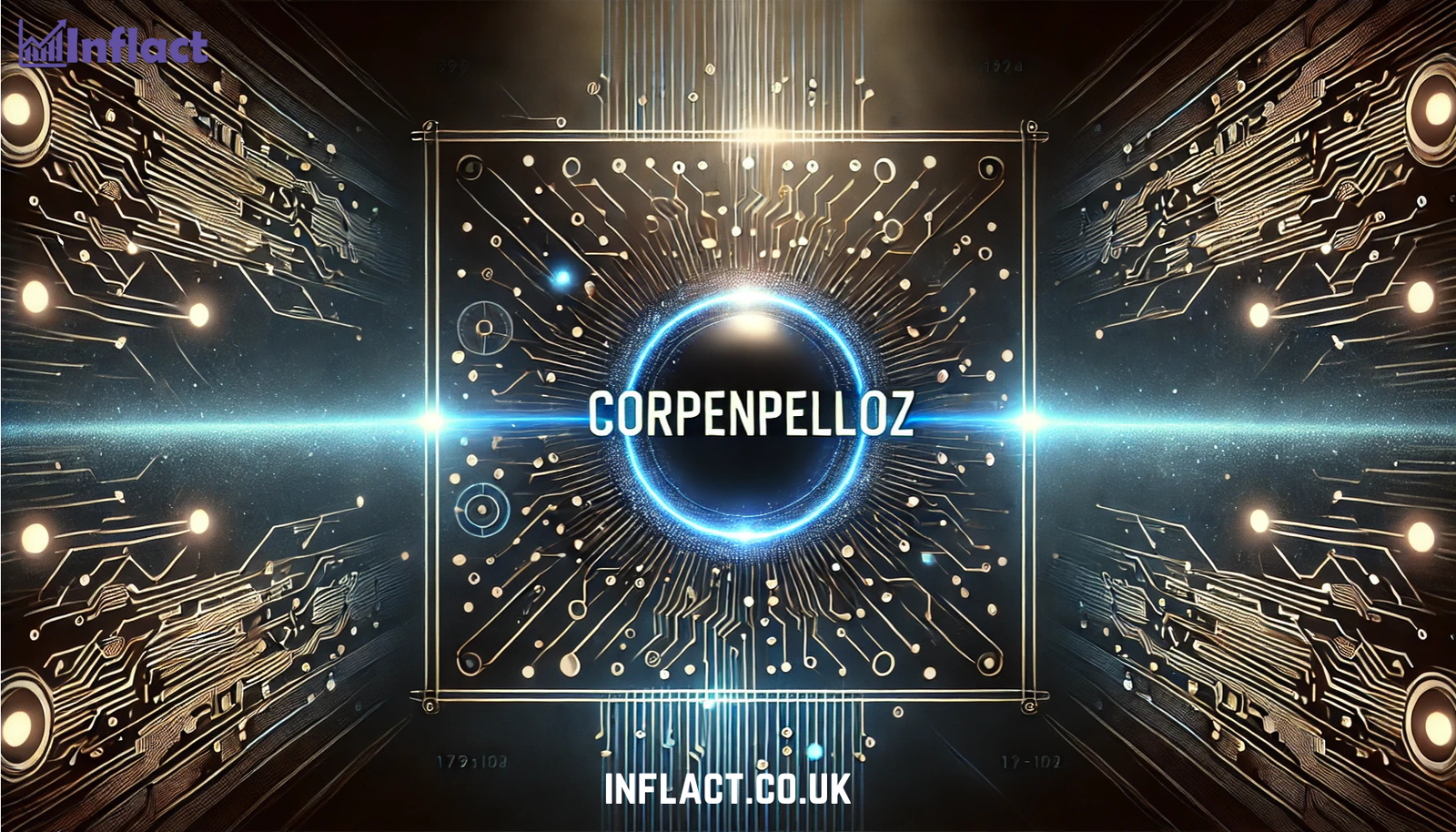Redefining Policy Amidst Systemic Complexity
Traditional policy often assumed a predictable world. Think of it like following a rigid blueprint for building a house. You have exact measurements, a set order of operations, and the expectation that everything will go according to plan. However, the reality of complex systems – like economies, ecosystems, or even public health crises – doesn’t work that way. These systems are messy, interconnected, and often behave in ways we can’t fully anticipate. This is where the idea of emergent necessity comes into play. It acknowledges that sometimes, the best path forward isn’t pre-planned but arises from the situation itself.
We’re moving away from the idea of policy as a fixed artifact. Instead, we see it as a dynamic process. This shift is vital because complex systems don’t respond to simple, linear solutions. They have feedback loops, unexpected interactions, and properties that pop up without being explicitly designed. Recognizing this complexity means we have to be ready for the unexpected. Emergent necessity highlights that policy needs to be flexible enough to adapt as the system it’s trying to influence changes.
This new way of thinking about policy is informed by systems thinking. It’s about understanding how different parts of a system connect and influence each other, rather than just looking at isolated pieces. It also means accepting that policy decisions are never purely objective. They’re shaped by values, different viewpoints, and ethical considerations that can change over time. This approach encourages a more reflective practice, where policymakers question their own assumptions and the underlying power dynamics at play.
The Shift from Fixed Blueprints to Dynamic Processes
For a long time, policy was treated like a static document, a set of rules to be implemented and then forgotten until the next revision. This approach worked, sort of, in simpler times. But as our world becomes more interconnected and unpredictable, these rigid plans often fall short. The concept of emergent necessity suggests that policy needs to be more like a living organism, constantly adjusting to its environment.
This means letting go of the idea that we can perfectly predict and control every outcome. Instead, we focus on creating processes that can adapt. Think of it less like building a house with a fixed blueprint and more like tending a garden. You plant seeds, but you also have to water, weed, and adjust based on the weather and how the plants are actually growing. This iterative approach is key to dealing with emergent necessity.
The core idea is that policy isn’t a destination, but a journey. We learn as we go, making adjustments based on what the system tells us. This is a fundamental change from older models that assumed a clear beginning, middle, and end.
Embracing Uncertainty and Non-Linearity
One of the biggest challenges in policy is dealing with uncertainty. We often don’t have all the facts, or the facts we do have might change quickly. This is especially true in crises, like a pandemic. In these situations, evidence itself can be uncertain and evolving. Emergent necessity means we have to act even when we don’t have perfect information. We have to make educated guesses and be ready to change course.
Non-linearity is another important concept here. It means that a small change in one part of a system can sometimes lead to a much larger, unexpected effect elsewhere. It’s not a simple cause-and-effect relationship. Because of this, policy interventions can have unintended consequences. Adaptive policy making, guided by the principle of emergent necessity, tries to account for this by building in flexibility and learning mechanisms.
This requires a different mindset. Instead of trying to eliminate all uncertainty, we learn to work with it. We accept that some outcomes are unpredictable and that our policies will need to be adjusted as we learn more about how the system responds. This is a continuous process of observation, action, and refinement.
The Core Tenets of Adaptive Policy Making
Adaptive policy making isn’t just a buzzword; it’s a fundamental shift in how we approach creating and implementing policies, especially when dealing with complex, unpredictable situations. It moves away from rigid, top-down plans and embraces a more fluid, learning-oriented process. The core idea is that policy should be able to change and evolve as we learn more about the system it’s trying to influence and as the system itself changes.
Learning, Iteration, and Flexibility as Foundational Principles
At its heart, adaptive policy making is built on the idea that we don’t have all the answers upfront. Instead, it prioritizes continuous learning. This means policies are designed to be flexible, allowing for adjustments based on new information and feedback. Think of it like this: instead of a fixed blueprint, you’re working with a set of guiding principles and a process for refinement. This iterative approach means policies are constantly being tested, evaluated, and improved upon, rather than being set in stone.
Integrating Diverse Knowledge Sources
Traditional policy often relies heavily on expert opinions. Adaptive policy making, however, recognizes that valuable insights come from many places. It actively seeks to incorporate knowledge from various stakeholders, including those directly affected by the policy, community members, and different academic disciplines. This broadens the information base and leads to more robust and contextually relevant policy solutions. It’s about bringing different perspectives to the table to build a more complete picture.
Policy as an Ongoing Experiment
Viewing policy as an ongoing experiment is a key tenet. This means that implementation isn’t the final step; it’s just the beginning of a learning cycle. Each policy action is seen as a test, and the results provide data for future adjustments. This experimental mindset encourages innovation and allows policymakers to respond effectively to unforeseen consequences or changing circumstances. The goal isn’t just to achieve a specific outcome, but to build the capacity to adapt and improve over time.
Navigating Complexity with Emergent Necessity
Systems Thinking and Interconnectedness in Policy
Policy work often gets messy because the world itself is messy. We’re not dealing with simple machines; we’re dealing with big, complicated systems where everything is linked. Think about how a change in farming policy might affect water quality, local jobs, and even migration patterns. That’s where systems thinking comes in. It’s about seeing the whole picture, not just one piece. Understanding these connections helps us anticipate how our actions might ripple through the system. This approach acknowledges that emergent necessity often arises from these very interconnections, forcing us to rethink our plans.
Addressing Unpredictable System Behaviors
Complex systems don’t always behave the way we expect. They can be non-linear, meaning a small change can sometimes lead to a big, unexpected outcome, or a big change might have hardly any effect. This unpredictability is a key feature. Instead of trying to control everything, which is often impossible, adaptive policy making focuses on building flexibility. We have to accept that we won’t always know what’s coming. This means designing policies that can bend and adjust as the system does its own thing. Recognizing emergent necessity means being ready for surprises.
The Role of Feedback Loops in Policy Adjustment
Feedback loops are like the system’s way of talking back to us. When we put a policy in place, we need to listen to what happens next. Did it work as planned? Did it cause unintended side effects? These are feedback loops. Adaptive policy making uses these signals to make changes. It’s a continuous cycle: act, observe, learn, adjust. This iterative process is how we keep policies relevant and effective in a changing world. Without paying attention to feedback, we’re just guessing, and that’s not a good way to manage complex situations.
Normative Commitments of Adaptive Governance
Adaptive policy making isn’t just about being flexible; it’s built on some core values. These aren’t always spelled out, but they guide how adaptive governance works.
Valuing Learning and Participatory Governance
At its heart, adaptive policy making really values learning. It assumes we don’t know everything upfront and that we’ll learn as we go. This means policies are seen as experiments. Because of this, involving different people and groups is super important. Getting input from various stakeholders helps us learn more and makes the policy process more democratic. It’s about listening to different ideas and experiences to make better decisions. This commitment to learning and participation is a key part of adaptive policy making.
Commitment to Long-Term Sustainability and Equity
Adaptive policy making also looks beyond the immediate. It’s committed to making sure policies are good for the long haul, considering both the environment and society. This means thinking about future generations and trying to create fair outcomes for everyone. It’s not just about fixing today’s problems, but about building systems that can handle future challenges. This long-term view is a big part of what makes adaptive policy making different.
Ethical Considerations in Policy Evolution
As policies change and adapt, we have to think about the ethics involved. What values are we prioritizing? Are the changes fair? Adaptive policy making requires us to constantly check our assumptions and be aware of how our decisions might affect different groups. It’s about being thoughtful about the direction policy is heading and making sure it aligns with our broader societal goals. This ethical reflection is a necessary part of the adaptive process.
Outcomes of Adaptive Policy Approaches
Enhancing System Resilience
Adaptive policy approaches are really good at making systems tougher. Think about it: instead of sticking to one rigid plan, these policies are built to bend and adjust. This means when unexpected stuff happens, like a sudden economic downturn or a new environmental challenge, the system doesn’t just break. It can shift gears, learn from the new situation, and keep going. This ability to bounce back is what we mean by resilience. Adaptive policy making helps build this resilience by expecting the unexpected and having mechanisms in place to respond.
This flexibility is key. It’s like a sailor adjusting their sails to catch the wind, rather than trying to force the boat in a straight line regardless of the weather. The outcome is a system that’s not just surviving but actively adapting to changing conditions. This makes the whole system more robust in the long run, better prepared for whatever comes next.
Fostering Innovation and Continuous Improvement
When policies are treated as experiments, it opens the door for new ideas. Adaptive policy making encourages trying different things and seeing what works best. This constant cycle of trying, learning, and adjusting naturally leads to innovation. Instead of getting stuck with old methods, policies evolve and get better over time.
This process isn’t just about finding the ‘best’ solution right away. It’s about creating a culture where improvement is ongoing. Every adjustment, every piece of feedback, is a chance to make the policy smarter and more effective. It’s a way to ensure that policies don’t become outdated or irrelevant.
Promoting Social Equity in Policy Implementation
Adaptive policy making can also be a powerful tool for fairness. By involving different groups of people in the policy process and being open to feedback, these approaches can help make sure that policies benefit everyone. It’s about listening to diverse voices and adjusting policies so they don’t leave anyone behind.
This means that as policies change, they can be steered towards greater fairness. If a policy is unintentionally hurting a certain community, the adaptive process allows for that to be identified and corrected. The goal is to create policies that are not only effective but also just and equitable for all members of society. This focus on fairness is a significant outcome of adaptive policy making.
Cross-Sectoral Influences on Adaptive Strategies
Insights from Economics and Political Science
Economics offers adaptive policy making a lens on resilience and dynamic optimization. It highlights how policies can be structured to adjust efficiently as conditions change, much like a business adapts to market shifts. Political science, on the other hand, brings to light the importance of governance structures that support this flexibility. Think about how different political systems handle public input; some are naturally more set in their ways, while others can pivot more easily. This cross-sectoral influence means we look at policy not just as a set of rules, but as a system that needs to be robust yet flexible.
The economic perspective emphasizes adaptive efficiency, while political science focuses on governance structures that enable this. This dual focus is key to understanding how adaptive policy making functions in practice. It’s about creating frameworks that can absorb shocks and learn from experience, drawing lessons from both economic models and political realities. The goal is to build systems that can respond effectively to unpredictable events, a core tenet of adaptive policy making.
Sociological and Anthropological Perspectives
Sociology and anthropology provide a vital look at the human element in policy. They remind us that policies don’t exist in a vacuum; they interact with social norms, cultural values, and community behaviors. Understanding these dynamics is critical for adaptive policy making to succeed. For instance, a policy that works well in one cultural setting might fail in another due to differing social expectations or historical contexts. This means adaptive policy making must be sensitive to these variations.
These fields help us see how people actually live and interact, which is crucial for policy that needs to adapt. It’s not just about the technical aspects of a policy, but how it fits into the fabric of society. This perspective is particularly important when considering the long-term impact and acceptance of adaptive strategies. Without this social grounding, even the most well-intentioned adaptive policy making can falter.
The Impact of Behavioral Economics and Psychology
Behavioral economics and psychology offer insights into why people make the choices they do, and how those choices affect policy outcomes. They highlight that humans aren’t always rational actors; biases and heuristics play a big role. This understanding is fundamental for adaptive policy making because it helps predict how individuals and groups might respond to policy changes. For example, how a new regulation is communicated can significantly influence compliance, a key consideration for adaptive policy making.
This field helps us design policies that are more likely to be adopted and followed by considering human psychology. It’s about nudging behavior in desired directions rather than simply mandating actions. By understanding cognitive biases, adaptive policy making can anticipate potential pitfalls and design more effective interventions. This makes the adaptive policy making process more grounded in reality.
Recognizing the human element is not a secondary concern; it is central to the success of any adaptive strategy. Policies that ignore psychological realities are often doomed to fail, regardless of their technical merit. Adaptive policy making must therefore integrate insights from behavioral science to anticipate and shape human responses effectively.
Addressing Criticisms and Ensuring Accountability
Adaptive policy making, while promising, isn’t without its critics. A common concern is the potential for policy drift. Without fixed endpoints, some worry that policies might wander aimlessly, losing their original intent or effectiveness. This isn’t just about losing direction; it’s about the practical challenge of maintaining focus over time.
Countering Concerns of Policy Drift
To combat policy drift, adaptive policy making relies on clearly defined, yet flexible, objectives. These aren’t rigid targets but rather desired outcomes or principles that guide adjustments. Think of it like steering a ship: you have a destination, but you constantly adjust the rudder based on wind and waves. This requires a commitment to regular review and a willingness to course-correct when necessary. The key is to ensure that adjustments are always in service of the overarching goals, not random changes.
Establishing Robust Monitoring and Evaluation
Robust monitoring and evaluation (M&E) are the backbone of adaptive policy making. Without solid data and analysis, it’s impossible to know if adjustments are working or if the policy is moving in the wrong direction. This means investing in systems that can track progress, identify unintended consequences, and provide timely feedback. It’s about creating a feedback loop where learning directly informs action. Effective M&E helps prevent policy drift by providing the evidence needed to justify or question changes.
Defining Accountability in Dynamic Frameworks
Accountability in adaptive policy making looks different than in traditional approaches. Instead of holding policymakers accountable for sticking to a rigid plan, accountability shifts to the process of learning and adaptation. Are decision-makers transparent about uncertainties? Are they genuinely incorporating feedback? Are they willing to change course based on evidence? This requires a culture that values honesty about what is known and unknown, and a commitment to making adjustments based on that understanding. It’s about accountability for responsible adaptation, not just for achieving a predetermined outcome.
Moving Forward with Adaptive Policy
So, what does all this mean for how we make policies, especially for big issues like energy and the environment? Basically, the old way of doing things, where you make a plan and stick to it no matter what, just doesn’t cut it anymore. The world is too messy and unpredictable. Adaptive policy making is like saying, ‘Okay, we don’t have all the answers, and things will change, so let’s build policies that can learn and adjust as we go.’ It’s about being smart enough to know when to change course, bringing in different voices to help figure things out, and understanding that policy is more of a process than a finished product. It’s a more realistic way to tackle complex problems and build a future that’s both sustainable and ready for whatever comes next.




